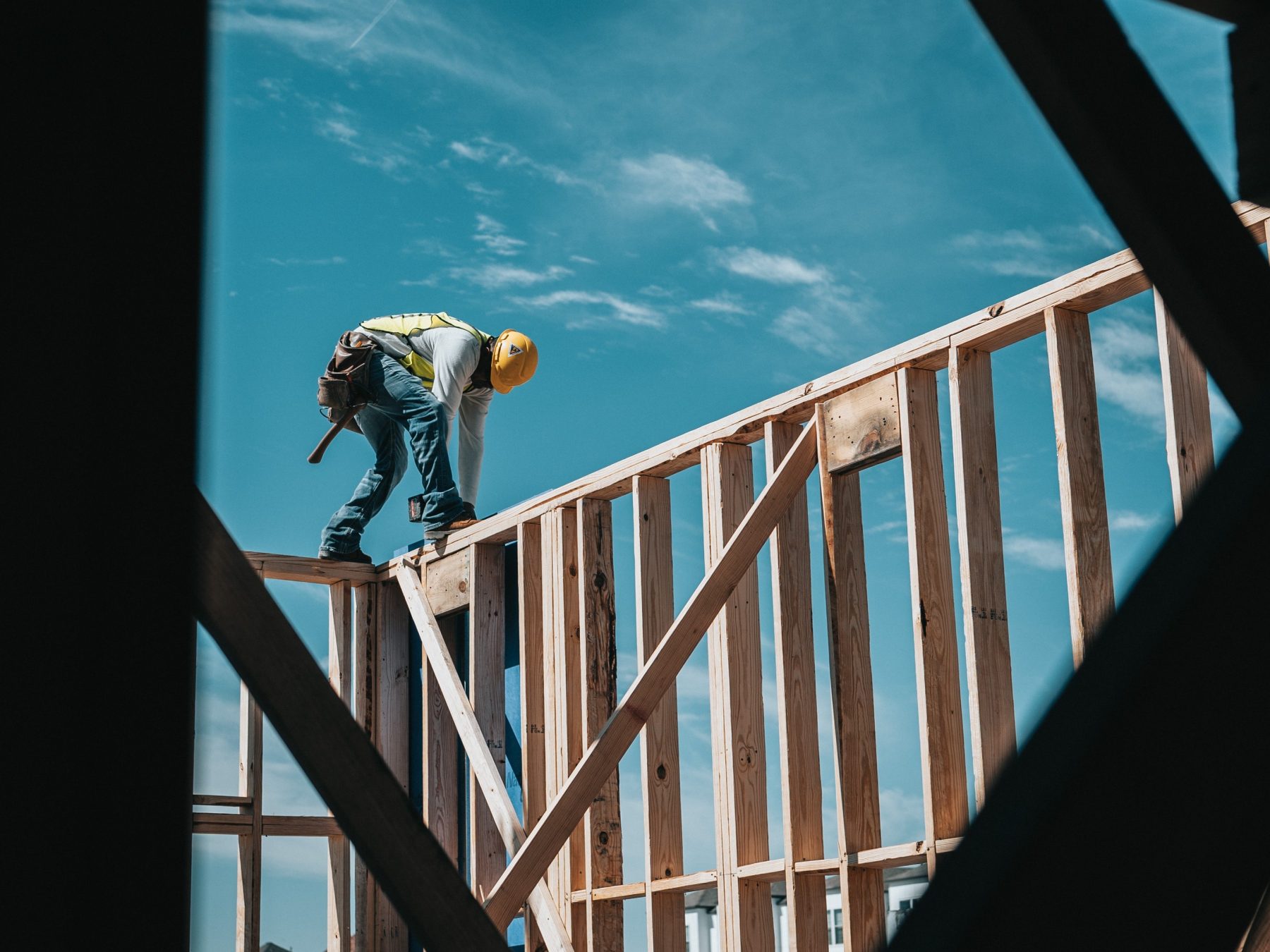Can I access adjoining land for the performance of building work?
Posted on August 27, 2021
Builders and owners often require access to land adjoining a building site in order to carry out work. For example:
- to do external rendering of the wall that is situated on the boundary
- for delivery of building materials; or
- to bring plant on to the building site.
It used to be the case that, if the builder or owner wanted access to the adjoining owner’s land for construction purposes, they needed to get permission from the adjoining landowner.
If permission or access was not given by the adjoining landowner, there wasn’t much that the builder or owner could do about it.
This is no longer the case. The Planning Development and Infrastructure Act 2016 (PDI Act) now address this issue and it can be used to gain access. The PDI Act supersedes the Development Act.
What rights do I have to access adjoining land?
On 19 March 2021, Phase 3 of the PDI Act was ‘switched on’ which meant that s 140 and s 148 also commenced.
Section 140 – Access to neighbouring land
Section 140 of the PDI Act is a new general provision that deals with access rights to neighbouring land.
Section 140 applies in circumstances where a builder or an owner reasonably requires access to a part of a building under construction from an adjoining allotment in order to carry out building work or any other prescribed activity.
Notice in the prescribed form
To access adjoining land, a notice in the prescribed form must be served on the adjoining landowner requesting that they provide access. The notice (Notice) must be in the prescribed form and must include the following:
- The reason for which access is sought; and
- The time at which, or a period for which, access is sought; and
- Information about who would be entering the adjoining allotment if access were to be provided; and
- What those people would bring with them; and
- What activity or work is to be carried out; and
- Any other information required by the regulations.
The adjoining landowner who receives a Notice must then respond within the “prescribed period” (although the period has not been prescribed, we think 21 days would be reasonable in the circumstances). If they don’t or if they refuse to give access or they propose alternative arrangements for access that are considered to be unreasonable, the party seeking access may apply to the Court for orders as to access.
It is not yet clear how long it might take to have a Court consider an application for access but we expect this will not be a quick process.
A maximum penalty of $5,000 applies if an adjoining landowner, without reasonable excuse, fails to comply with an access order by the Court. The same penalty also applies if that landowner hinders or obstructs a person exercising a power conferred by an orders made by the Court.
Section 148 – Rights of building owner
Whilst section 148 appears to have mirrored s 62 of the Development Act with respect to the rights of a building owner and what they can do with party walls, s148 goes further and provides additional rights that relate to the installation of flashings.
It is interesting to note that s148(2) of the PDI Act now allows a building owner (subject to the building owner having satisfied the notice requirements) to install flashings between 2 buildings, including a building on an adjoining allotment and to install a flashing so that it overlaps a boundary.
Anyone exercising a right to access the adjoining land for the above purposes must ensure that they take reasonable steps to protect any adjoining land or premises. If they fail to do so, they can be held liable to make good any damage to the adjacent premises (which includes the contents of adjacent premises).
Conclusion
The law has changed for the better.
Sadly the new process might be long winded and so it remains desirable that neighbours try to agree access between them.
It is important to remember that there are special “prescribed forms” that must be used for Notices.
You should not assume that you have a right to access adjoining land.
For builders, you should make sure that you know what access you will need to adjacent sites before you start a job. Then if need be you can arrange for your client to make arrangements for the necessary Notices to be served on the adjoining landowner. Providing you the builder with access to the work is the responsibility of the owner, not the builder.
Finally, the timing as to the service of the prescribed forms can be tricky to navigate and it is not yet certain. For example, s63(2) of the Development Act previously required the building owner to serve on the adjoining landowner notice of intention to enter the premises at least 14 days before accessing the adjoining allotment. Regrettably section 149(2) of the PDI Act, which replaces s63(2), is silent as to the timing.
The advice in this article is of a general nature and should not be relied on. If you need specific advice or assistance with access to adjoining land then call us as we can help.



